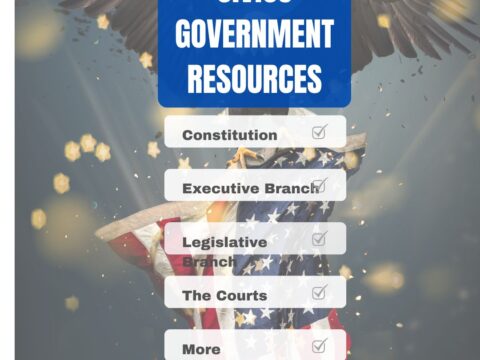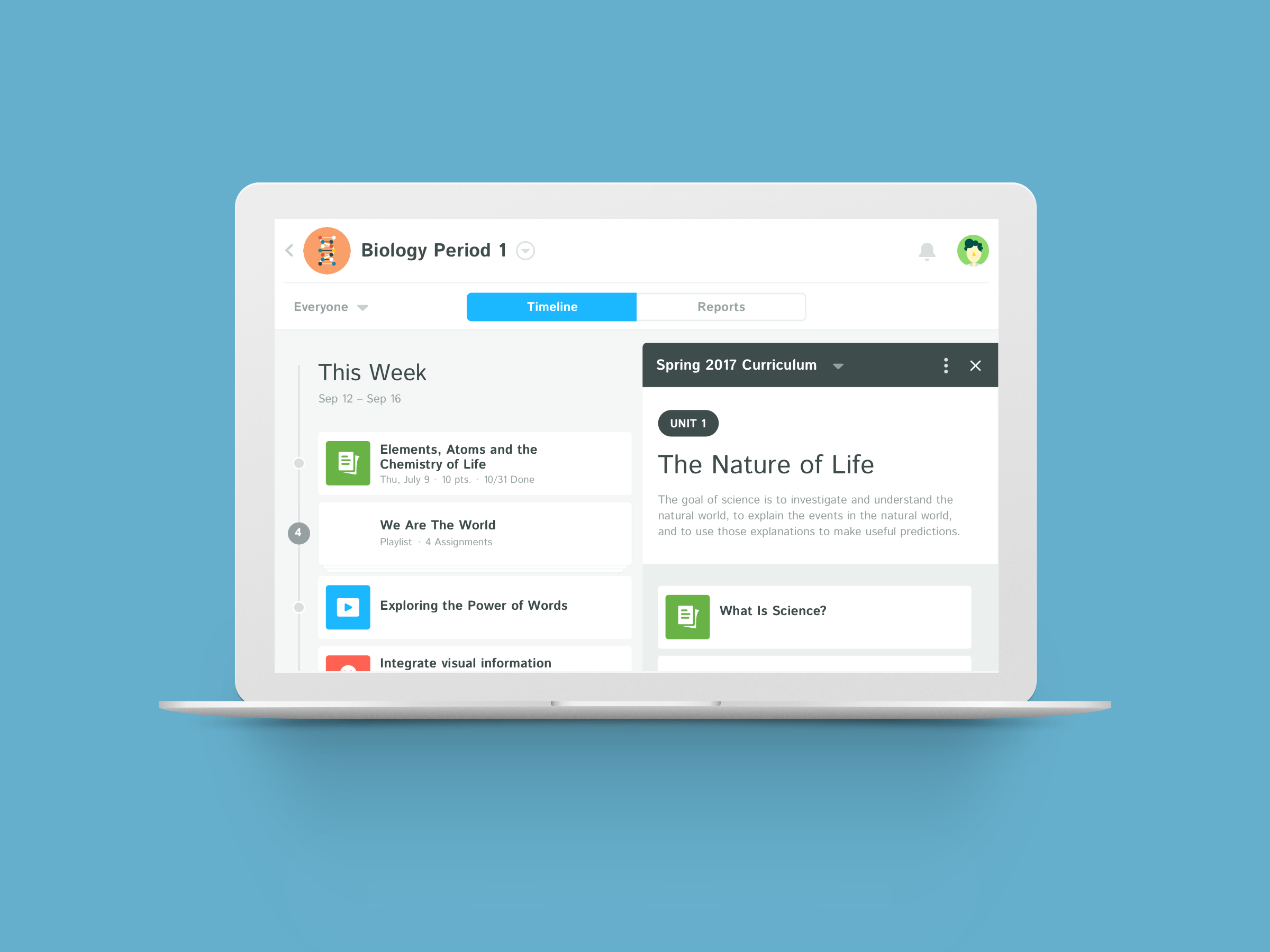In about half the world–mostly those where people live under socialism, communism, dictators, or autocracies–law and order is decided for the people. In the 1700’s, when the brand new United States of America, newly liberated from the British aristocratic rule that relied on Kings and Queens, wrote its very first Constitution and Bill of Rights, it decided to establish a system of government by the people. Called ‘the Grand Experiment’, the founders empowered ordinary citizens–such as farmers, shopkeepers, laborers, and seamstresses–to elect the individuals who would protect America’s shores, our freedoms, and our way of life.
Over two hundred years after that mandate, it is still unclear whether it will work. In the 1850’s, Abraham Lincoln warned:
“Elections belong to the people. It’s their decision. If they decide to turn their back on the fire and burn their behinds, then they will just have to sit on their blisters.”
A hundred years after that, Gore Vidal bemoaned:
“Half of the American people have never read a newspaper. Half never voted for President. One hopes it is the same half.”
Winston Churchill called democracy “…the worst form of Government except for all those other forms that have been tried from time to time.… “. In short, it is messy.
Still, every four years, Americans must make critical choices that will shape our nation’s democracy. Citizens are expected to research their options and then vote for the candidates most qualified to fulfill the country’s goals. Thomas Jefferson called education a “…vital requisite for our survival as a free people.”
This year, on Tuesday, November 3, 2020, we will elect every one of 435 members of the House of Representatives, one-third of the one hundred Senators, and the most powerful position in the country, the President. I’ve curated a list of websites to provide students with the background knowledge on the election process that will prepare them for the day they’ll be asked to cast their vote and decide the future. The first few explain elections in general and the next teach the process through gamification.
 C-Span
C-Span
website, radio app, podcast
C-Span provides Americans with access to live gavel-to-gavel proceedings of the U.S. House of Representatives and the U.S. Senate as well as other forums where public policy is discussed, debated and decided––all without editing, commentary, talking heads, ads, or analysis, and with a balanced presentation of viewpoints. Also included are direct access to elected and appointed individuals, audience call-ins to officials, audience-created videos, lesson plans for educators, and more.
To educators and students, C-Span is as close to a primary source as is possible without actually attending these government events. During the elections, C-Span will broadcast both conventions and allow viewers to draw their own conclusions.
C-Span resources can be accessed directly from the website or via a downloadable radio app, iTunes, iPhone, Android, or Blackberry.
Electing a US President in Plain English
video
From Commoncraft, this YouTube video is a short guide to understanding the U.S. election process. It is not intended to be an in-depth discussion on elections rather a quick video overview that hits all important points with enough humor to keep its over 1.6 million viewers watching. It is part of Commoncraft’s Education series. Some are free; many require a subscription.
How the electoral college works
easy-to-understand video in plainspeak
This is a four-minute video that demystifies the electoral college–as much as that’s possible–starting with an explanation of the part it plays in a representative democracy such as what exists in America. It includes interesting details that most people haven’t considered such as what about people who don’t live in a state, DC residents, and those who live in American territories
Cast Your Vote
web-based game
Choose the questions to be asked in a presidential debate and then listen to both candidate responses. Based on what you hear, rate the candidates and decide how important this issue is in your Presidential decision matrix. Ultimately, you’ll vote for one of the candidates based on your analysis of their answers. You can participate in the process incognito (without logging in) or from your iCivics account. You can also play this through BrainPop (with or without a subscription) which provides expanded options to extend learning and test your knowledge.
Cast Your Vote is part of former Supreme Court Justice’s Sandra Day O’Connor’s acclaimed gamification of oft-confusing civics processes with the goal of making them understandable to young learners. Games on the iCivics website address elections, judiciary decisions, legislative processes, Constitutional topics, and more. Each game is 15-30 minutes and includes teacher resources, badges, participant leaderboards (for registered users), and in some cases, webquests.
Win the White House
web-based game
This is another game from iCivics designed to teach students how candidates pursue the White House. Gamers get to manage their very own presidential campaign by strategically raising funds, polling voters, launching media campaigns, and making personal appearances. As they battle their opponent over electoral votes and popular support, they can keep a close eye on the map to see if they’re winning. The game includes teacher resources and related Standards.
When played through BrainPop, Win the White House includes quizzes (and other assessment ideas), opportunities to dig deeper into related topics, lesson ideas, game guides, tips and tutorials, and standards-aligned lesson plans.
***
Best classroom strategy: Post all of these resources on an Election-themed page. Let students pick the ones best-suited to their learning style.
Copyright ©2022 askatechteacher.com – All rights reserved.
Jacqui Murray has been teaching K-18 technology for 30 years. She is the editor/author of over a hundred tech ed resources including a K-12 technology curriculum, K-8 keyboard curriculum, K-8 Digital Citizenship curriculum. She is an adjunct professor in tech ed, Master Teacher, webmaster for four blogs, an Amazon Vine Voice, CSTA presentation reviewer, freelance journalist on tech ed topics, and author of the tech thrillers, To Hunt a Sub and Twenty-four Days. You can find her resources at Structured Learning.







































I find this particular post, extremely useful and educational. Since it is voting season, I wanted the students to understand the importance of the process and how votes ultimately shape the future of our nation. The post contains the most current election news, educational videos, to games what makes comprehension easy for students.
I’m glad you find this useful. I think these sites share election information in an interesting way, so students will want to learn. Thanks for commenting.
Thank you for sharing these links! I have been struggling to find resources to explain the voting process to my fifth graders and these will be great. The videos are engaging and also simple enough for students to understand the basics. Thank you!
These will definitely help. That process is complicated until it is untangled!